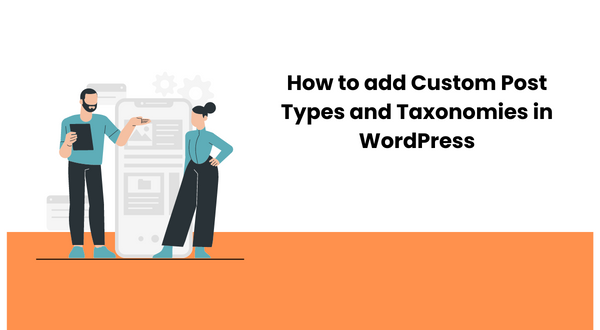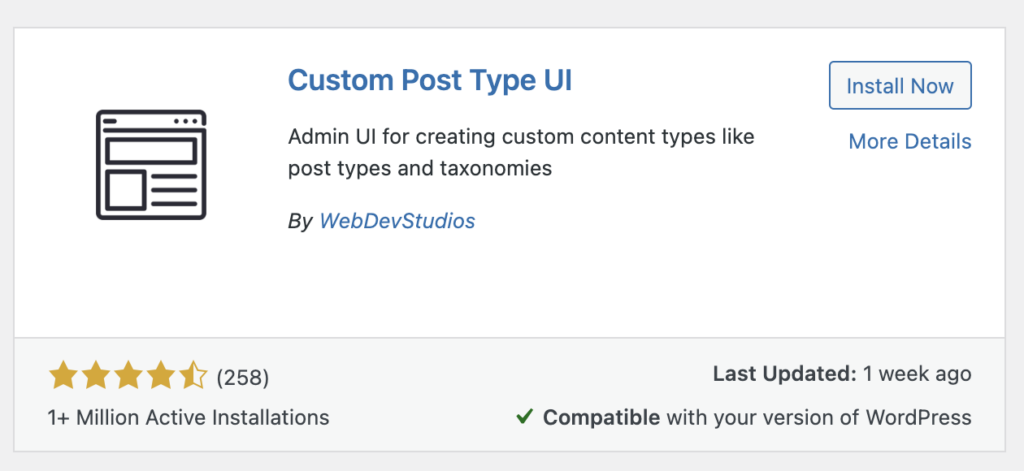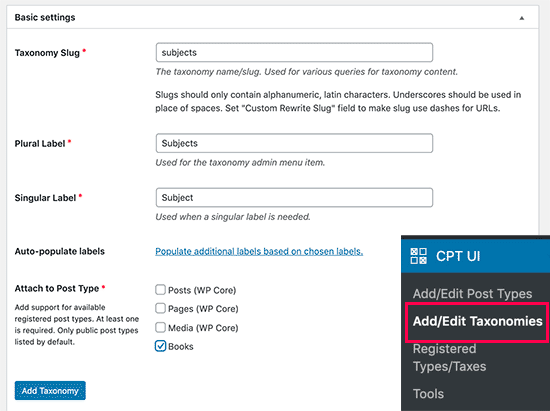
In such cases, the ability to add custom post types and taxonomies become invaluable. In this article, we will provide you with a comprehensive guide on how to add custom post types and taxonomies to your WordPress website, using both the manual and plugin methods. WordPress, being one of the most popular content management systems (CMS), offers incredible flexibility for website owners. While its default features cover a wide range of needs, there are instances where you may require more specific content organization and presentation.
Understanding Custom Post Types
Custom post types allow you to create unique content types beyond the default posts and pages, providing a way to organize and display different types of content according to your specific requirements. Let’s explore two methods of adding custom post types to WordPress.
Manual Method
The manual method involves modifying your theme’s functions.php file or creating a custom plugin. Here’s how you can do it:
Step 1: Open your theme’s functions.php file or create a custom plugin.
Step 2: Use the register_post_type() function to register a new post type. Provide the necessary parameters, such as labels, support features, permalinks, rewrite, rules and taxonomies.
Plugin Method
The plugin method offers a user-friendly approach to create and manage custom post types. Here are the steps:
Step 1: Install and activate a plugin like Custom Post Type UI or Toolset Types.

Step 2: Access the plugin’s interface from the WordPress dashboard and follow the intuitive instructions to create and manage your custom post types.
Exploring Taxonomies
Taxonomies classify and organize content within custom post types, allowing you to create a structured hierarchy for your content. While WordPress offers built-in taxonomies like categories and tags, you can create custom taxonomies to suit your specific needs. Let’s explore two methods of adding taxonomies to WordPress.
Manual Method
You can manually add taxonomies by modifying your theme’s functions.php file or creating a custom plugin. Here’s how:
Step 1: Modify your theme’s functions.php file or create a custom plugin.
Step 2: Use the register_taxonomy() function to register a new taxonomy. Specify parameters such as labels, hierarchical structure, associated post types, permalinks, and rewrite rules.
Plugin Method
Plugins like Custom Post Type UI or Advanced Custom Fields provide an intuitive interface to create and manage custom taxonomies. Follow these steps:
Step 1: Install and activate plugins such as Custom Post Type UI or Advanced Custom Fields.
Step 2: Utilize the plugin’s user-friendly interface to create and manage your custom taxonomies effortlessly.

Displaying Custom Post Types and Taxonomies
After adding custom post types and taxonomies, you’ll want to display them appropriately on your website. Here are a few methods:
To control the display of individual custom post type entries, create a single-{post_type}.php file. Develop an archive-{post_type}.php file to control the display of custom post type archives. Craft taxonomy-{taxonomy}.php files to control the display of specific taxonomy archive pages.
- Custom Queries:
Retrieve and display custom post type entries using WP_Query or get_posts functions. Filter posts based on custom taxonomies by employing tax_query parameters.
Extending Functionality with Custom Fields
Custom fields allow you to add additional data fields to your custom post types and taxonomies, enhancing their functionality. Here’s how to work with custom fields:
- Custom Fields:
Enhance your custom post types and taxonomies by adding additional data fields. Install and utilize plugins like Advanced Custom Fields or Meta Box to create and manage custom fields effortlessly.
- Meta Data:
Store and retrieve custom field values using get_post_meta and update_post_meta functions. Display custom field data within your template files to enrich the content presentation.
Summary
By adding custom post types and taxonomies to your WordPress website, you can elevate its flexibility and organization to new heights. Whether you choose the manual method by modifying theme files or opt for user-friendly plugins, the ability to customize your content structure empowers you to create a unique and tailored experience for your audience. Explore the possibilities, unleash your creativity, and make the most of WordPress’s extensive capabilities. With custom post types and taxonomies, your WordPress website will become a powerful platform to showcase your content in a structured and organized manner.
